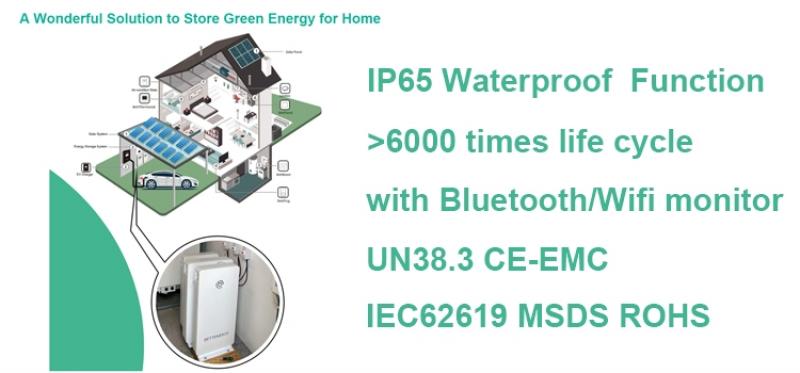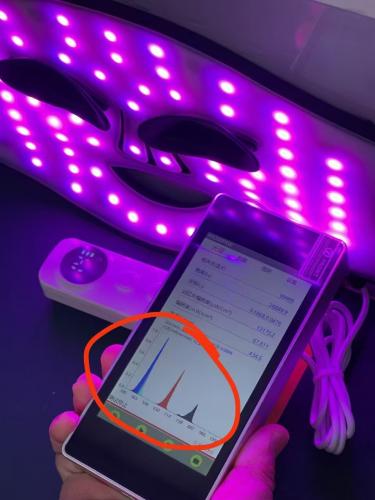Why is it bad to store lithium batteries fully charged?

Lithium batteries have become an essential component of our modern technological landscape, powering everything from smartphones and laptops to electric vehicles and renewable energy storage systems. While these batteries offer significant advantages in terms of energy density and longevity, they also come with specific care requirements to ensure their optimal performance and lifespan. One of the most common questions surrounding lithium battery maintenance is whether it is bad to store them fully charged. The short answer is yes, storing lithium batteries fully charged can negatively impact their performance and lifespan. In this article, we will explore the reasons behind this, the science of lithium battery chemistry, and best practices for storing these batteries to maximize their efficiency and longevity.
Understanding Lithium Battery Chemistry
To comprehend why storing lithium batteries fully charged can be detrimental, it is crucial to understand the basic chemistry of these batteries. A lithium battery consists of an anode, a cathode, and an electrolyte that facilitates the movement of lithium ions between the anode and cathode. During charging, lithium ions move from the cathode to the anode, and during discharging, they move back to the cathode, releasing energy in the process.
The state of charge (SoC) of a lithium battery refers to the amount of energy stored in the battery relative to its capacity. A fully charged battery has a high SoC, while a depleted battery has a low SoC. The voltage of a lithium battery is directly related to its SoC, with higher voltages indicating a higher SoC.
Why Storing Fully Charged Lithium Batteries is Bad
-
Voltage Stress: When a lithium battery is fully charged, it is under a high voltage stress. This high voltage accelerates the degradation of the battery's internal components, particularly the electrolyte and the electrodes. Over time, this can lead to a reduction in the battery's capacity and an increase in its internal resistance, both of which negatively impact the battery's performance and lifespan.
-
Thermal Stress: High SoC levels can also exacerbate thermal stress in lithium batteries. At elevated temperatures, the chemical reactions within the battery can become more aggressive, leading to increased degradation. This is particularly concerning in environments with high ambient temperatures, where storing batteries fully charged can significantly accelerate their aging process.
-
Lithium Plating: When a battery is kept at a high SoC for extended periods, there is an increased risk of lithium plating on the anode. Lithium plating occurs when metallic lithium deposits on the anode instead of intercalating into it. This not only reduces the battery's capacity but can also lead to safety hazards, such as short circuits and thermal runaway.
-
Calendar Aging: Lithium batteries experience calendar aging, which refers to the gradual degradation of the battery over time, regardless of its usage. Storing a battery at a high SoC accelerates calendar aging, leading to a faster decline in the battery's overall health and capacity.
Best Practices for Storing Lithium Batteries
To avoid the negative effects of storing lithium batteries fully charged, it is essential to follow best practices for storage:
-
Store at Partial Charge: The ideal state of charge for storing lithium batteries is typically around 40% to 60%. This range minimizes voltage and thermal stress, reducing the risk of degradation and extending the battery's lifespan.
-
Cool Storage Conditions: Store batteries in a cool, dry environment to minimize thermal stress. Avoid exposing batteries to direct sunlight or high temperatures, as heat can accelerate the degradation process.
-
Avoid Frequent Full Charges: While it is sometimes necessary to fully charge a battery, avoid doing so frequently if the battery will not be used immediately. Instead, charge the battery to around 80% to 90% for regular use and only fully charge when necessary.
-
Regular Maintenance: If a battery is stored for an extended period, it is advisable to periodically check its charge level and recharge it to the recommended storage level if necessary. This helps prevent the battery from becoming too discharged, which can also be detrimental.
-
Use Battery Management Systems (BMS): Many modern devices come equipped with BMS that help manage the charging and discharging of lithium batteries. These systems can prevent overcharging and over-discharging, helping to maintain the battery's health over time.
Conclusion
Understanding the impact of storing lithium batteries fully charged is crucial for anyone who relies on these power sources, whether in consumer electronics, electric vehicles, or renewable energy systems. By recognizing the potential risks associated with high SoC storage, users can take proactive steps to minimize battery degradation and extend the lifespan of their lithium batteries. Adopting best practices for battery storage, such as maintaining a partial charge and storing in cool conditions, can significantly enhance the performance and longevity of these essential power sources. As technology continues to evolve, staying informed about proper battery care will ensure that users can maximize the benefits of lithium batteries while minimizing their drawbacks.

 Afrikaans
Afrikaans Čeština
Čeština Dansk
Dansk Deutsch
Deutsch Español
Español Francais
Francais Italiano
Italiano Magyar
Magyar Nederlands
Nederlands Norsk
Norsk Polski
Polski Português
Português Română
Română Slovák
Slovák Suomi
Suomi Svenska
Svenska Tiếng Việt
Tiếng Việt Türk dili
Türk dili Ελλάδα
Ελλάδα Русский
Русский اللغة العربية
اللغة العربية แบบไทย
แบบไทย 中文繁體
中文繁體 日本語
日本語 한국인
한국인







